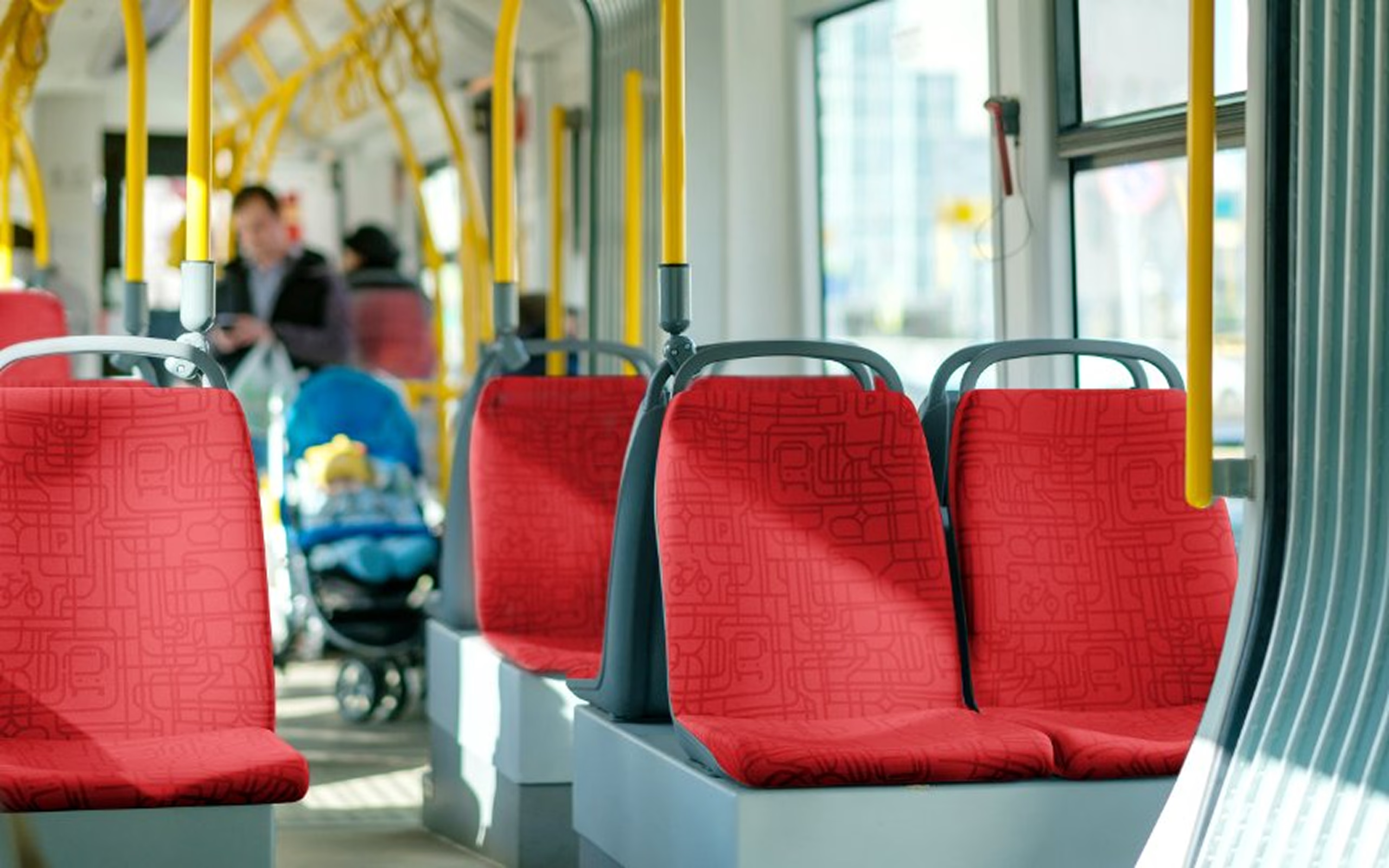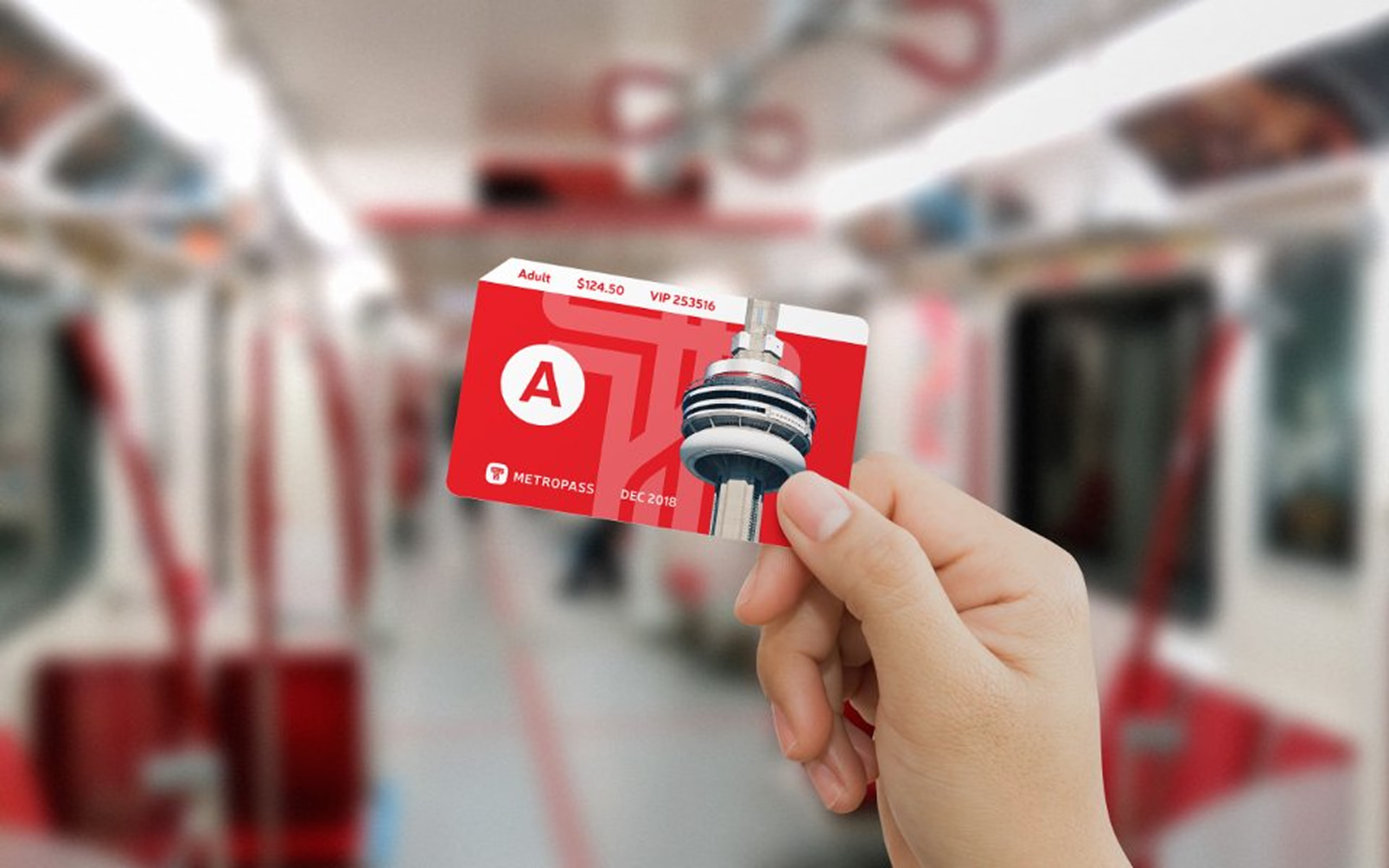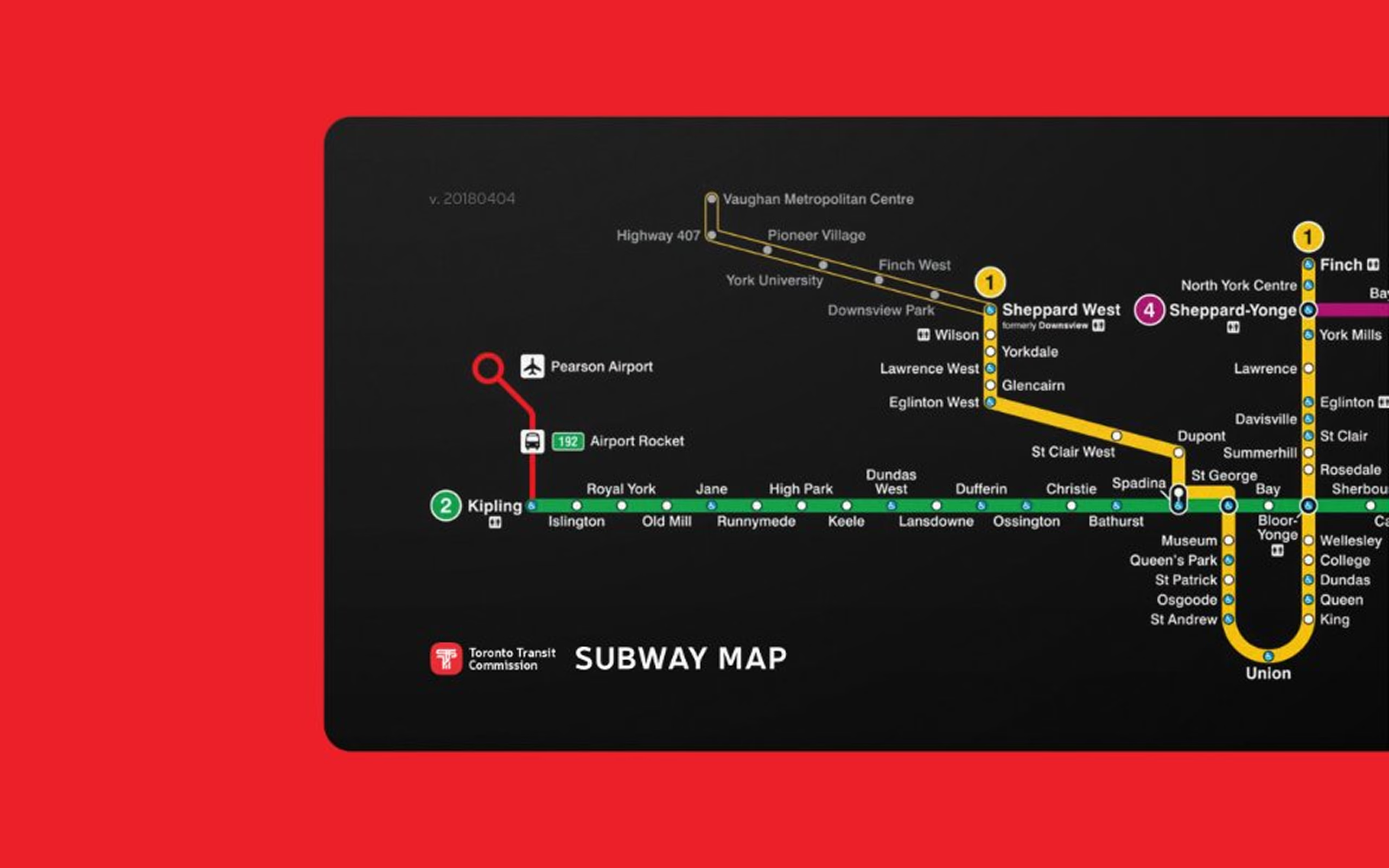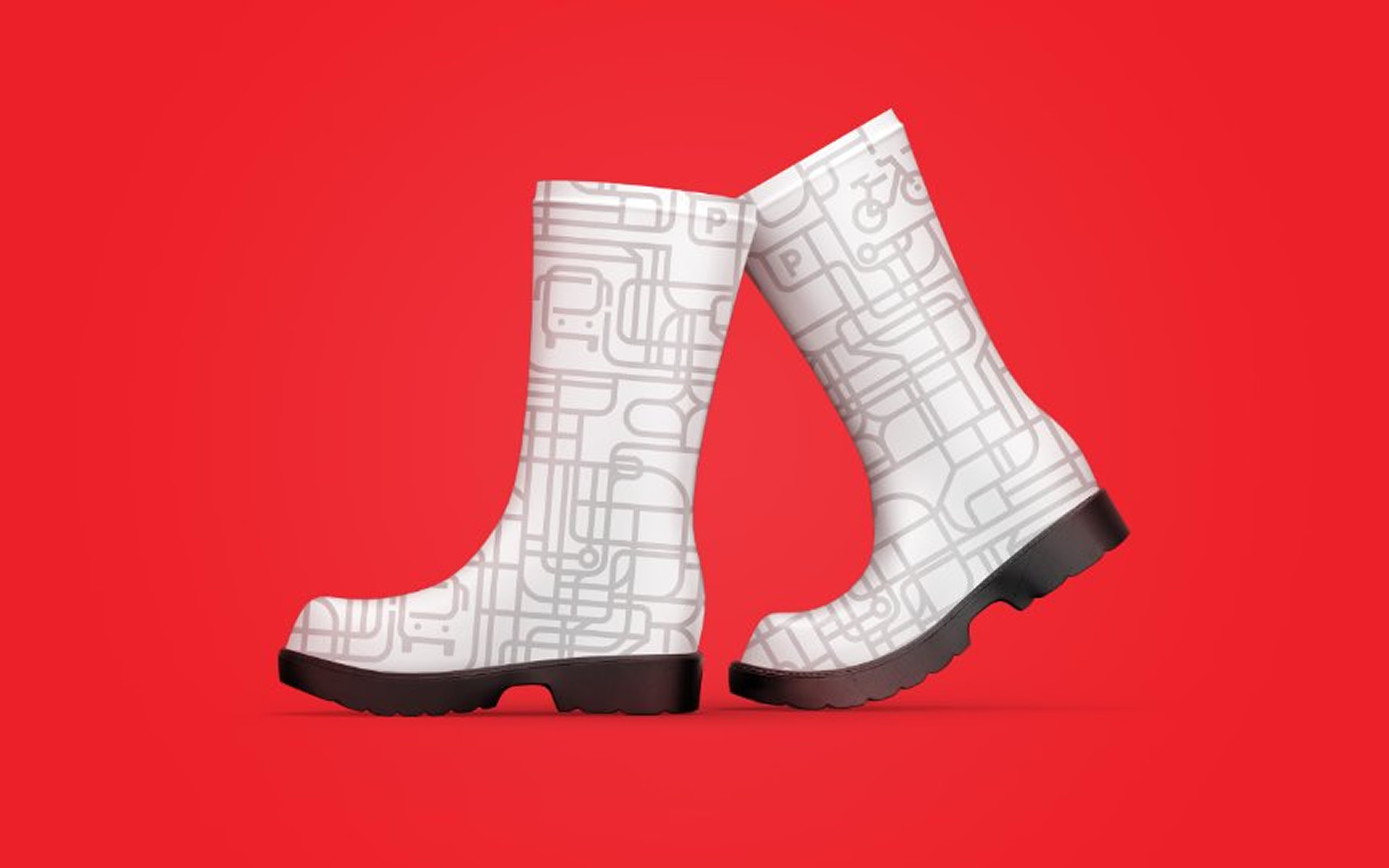Origins and Early Branding
The Toronto Transit Commission has deeper roots than many realize. Originally established as the Toronto Transportation Commission in 1921, the organization evolved over decades before becoming the TTC we know today on January 1, 1954, when Toronto’s subway system officially opened. This transformation from the original commission to the modern TTC represented not just an organizational change but a significant evolution in urban transportation and branding approach.
The early branding focused on establishing credibility and municipal authority, reflecting the practical needs of a growing city’s transportation infrastructure. Clean, institutional design principles dominated the early visual identity, emphasizing functionality and public service rather than commercial appeal.

Modern Logo Development
The transformation to the modern TTC occurred on January 1, 1954, when the Toronto Transportation Commission became the Toronto Transit Commission. This coincided with the opening of Canada’s first subway system along Yonge Street, marking a new era in Toronto transit that required updated visual identity to match the system’s technological advancement.

The TTC’s current iconic logo featuring the stylized subway train silhouette was developed in the 1970s, representing this evolution from streetcar-focused municipal service to modern rapid transit system. This logo design captured the essence of urban mobility while maintaining the accessibility and clarity essential for public service communications.

Challenges
The rise of digital communication channels has created new opportunities and challenges for TTC brand identity. Mobile apps, digital displays, and social media platforms require adaptations of traditional brand elements while maintaining recognition and consistency. Clear, ergonomic visual communications for the transit system are a serious step forward.

The mark clearly conveys roads, routes, and transit connections. T stands for Toronto. T stands for Transit.

Our digital concept demonstrates thoughtful adaptation of its visual identity to new media, maintaining the clean, functional aesthetic that defines the organization while embracing the interactive possibilities of digital communication.

The signature pattern continues to develop the theme of roads and transit.

Patterns also extend the usable life of fabric, since signs of wear are less noticeable on patterned surfaces.




You don’t want to take those boots off.
